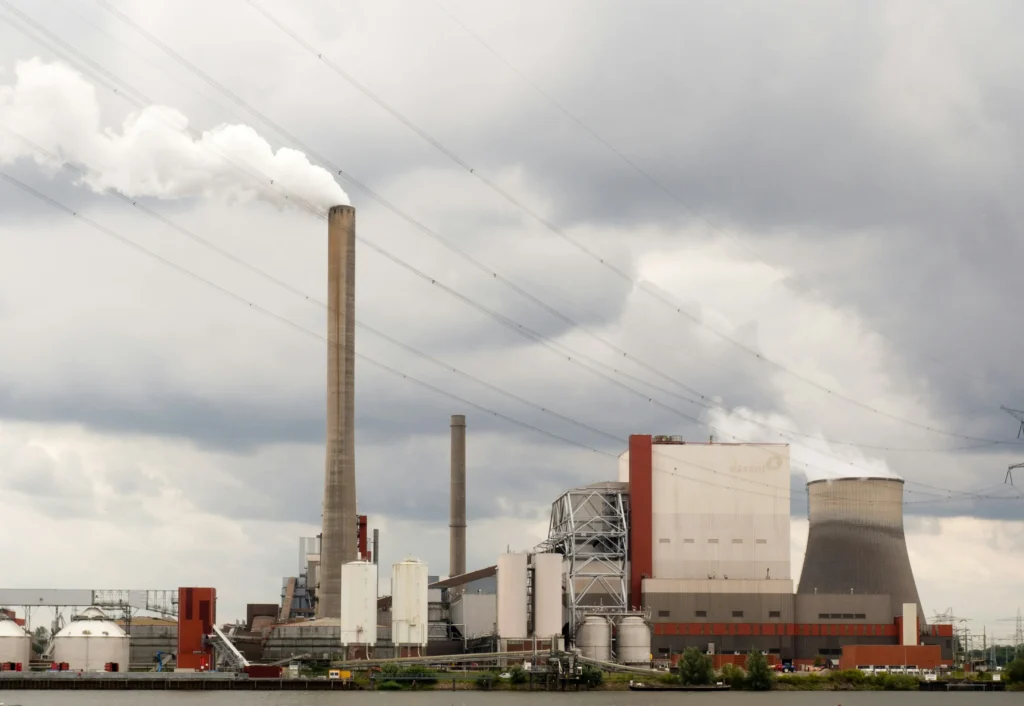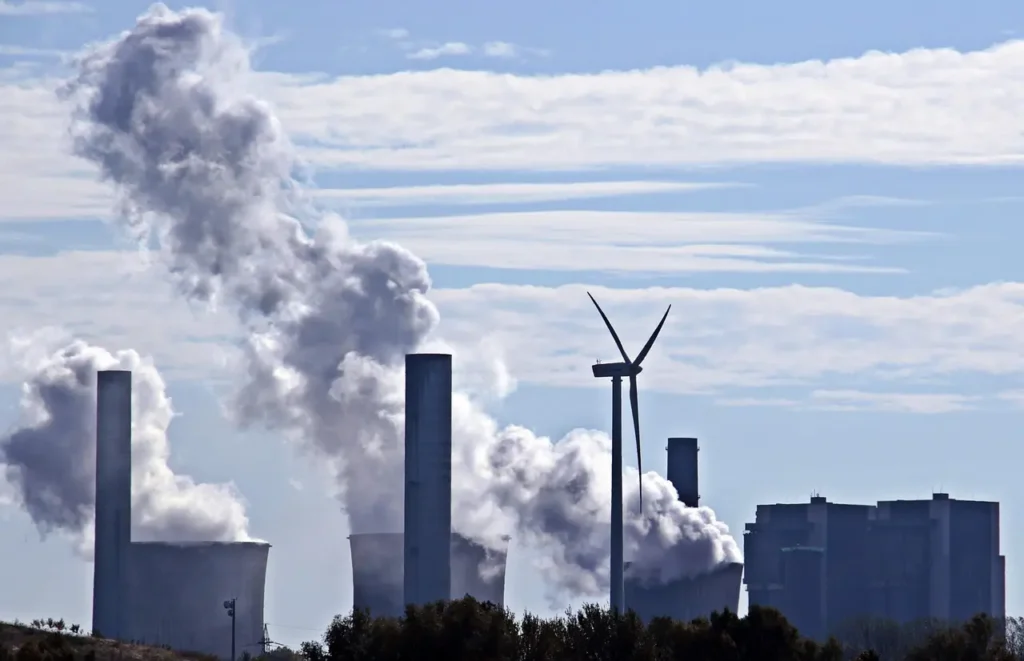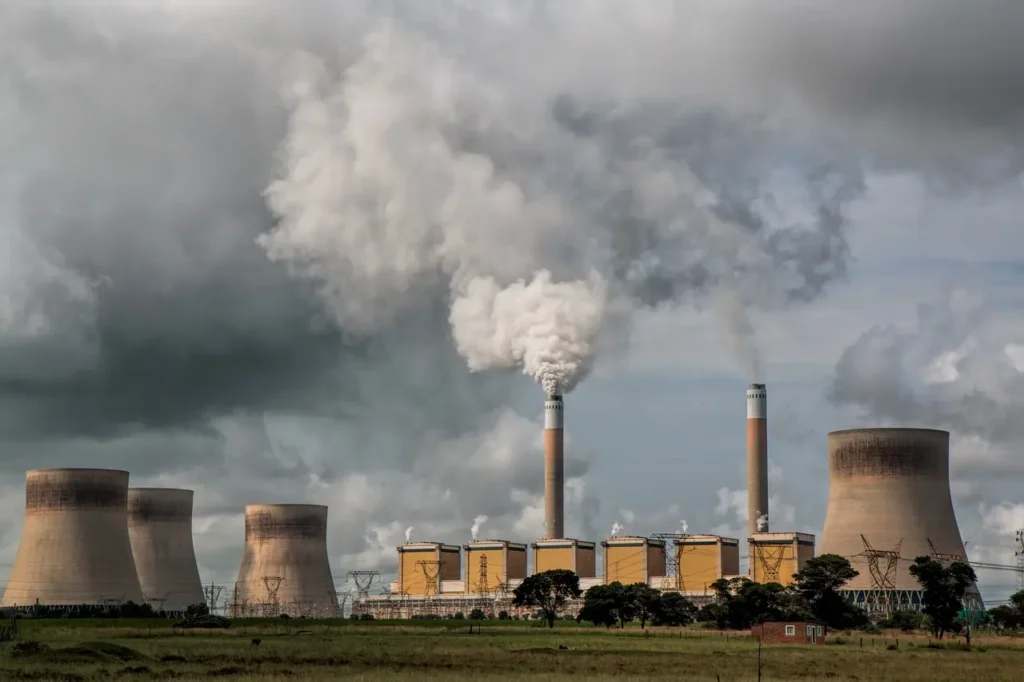Environmental Impacts of Coal
5 minute readCoal energy has powered industries for decades, but its environmental impact raises serious concerns
Home > Learning Center > Energy Production > Is Coal Renewable?
3 minute read • Last update December 2024

Coal is a natural energy source that has played a crucial role in powering human development for centuries. It forms deep within the Earth over millions of years through an intricate process involving the decomposition of plant material under heat and pressure. Despite its natural formation, the process is too slow to be classified as a renewable energy.
Understanding what makes coal nonrenewable, whether it is sustainable, and what alternatives exist is essential as we rethink energy production in a rapidly changing world.
Coal is classified as a nonrenewable energy source. This means it cannot be replenished on a human timescale which means once it is used it’s gone forever. Michigan State University classifies natural resources into 2 groups:
Coal forms naturally over millions of years through the compression of plant material buried under layers of soil and rock. Even though coal is formed through natural processes below the surface of the Earth, the timescale for its formation far exceeds the rate at which we consume it. For this reason, coal is classified as a nonrenewable energy source.
Although coal has been a staple of energy production for centuries, its supply is limited. Coal reserves are finite and, at current consumption rates, global supplies are estimated to last another 100 to 150 years. However, this timeline does not account for the environmental and economic costs associated with coal use.
Extracting and burning coal releases significant greenhouse gases and other pollutants, contributing to climate change and health issues. Transitioning to more sustainable energy sources is critical to avoid depleting these reserves and mitigating environmental damage.
Coal is not the only nonrenewable energy source. Other fossil fuels, such as oil and natural gas, also fall into this category. Like coal, oil and natural gas are formed from organic material over millions of years, making their replenishment rate far too slow to be considered renewable.
These fossil fuels share the same inherent limitation as coal: they form far too slowly to be replenished at the rate we consume them.
As the world moves toward more sustainable energy solutions, several renewable energy sources have emerged as viable alternatives to coal:
These renewable alternatives in conjunction with natural gas are fueling the transition away from coal in Texas and around the United States. This transition is important not only to reduce our reliance on nonrenewable resources like coal but also to help combat climate change and promote a cleaner energy future.
Graham Lumley, Digital Marketing Manager at BKV Energy, leads digital and traditional marketing strategies, focusing on educating Texans about the state's deregulated energy market. With over 8 years of marketing experience, he creates content to help consumers understand and save on their energy bills, bringing a fresh and dynamic approach to the industry.

Coal energy has powered industries for decades, but its environmental impact raises serious concerns

Get $50 off your electric bill!
Use code BKVEJOINUS50
Enter your zip code to shop BKV Energy's affordable, fixed-rate Texas electricity plans. Use the promo code for $50 off your electric bill.